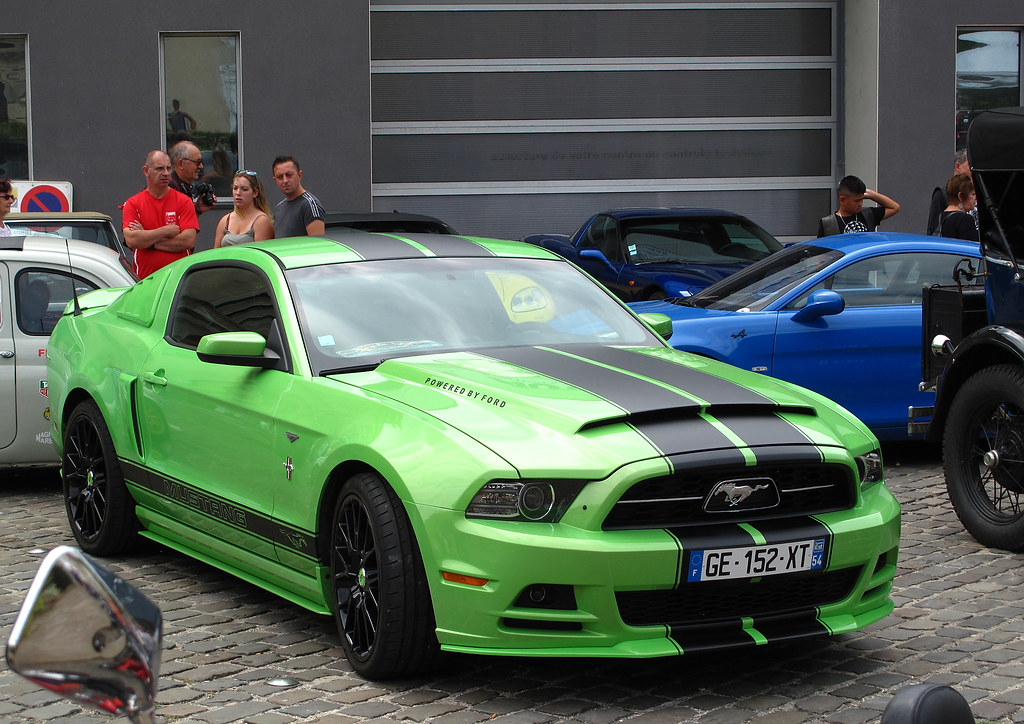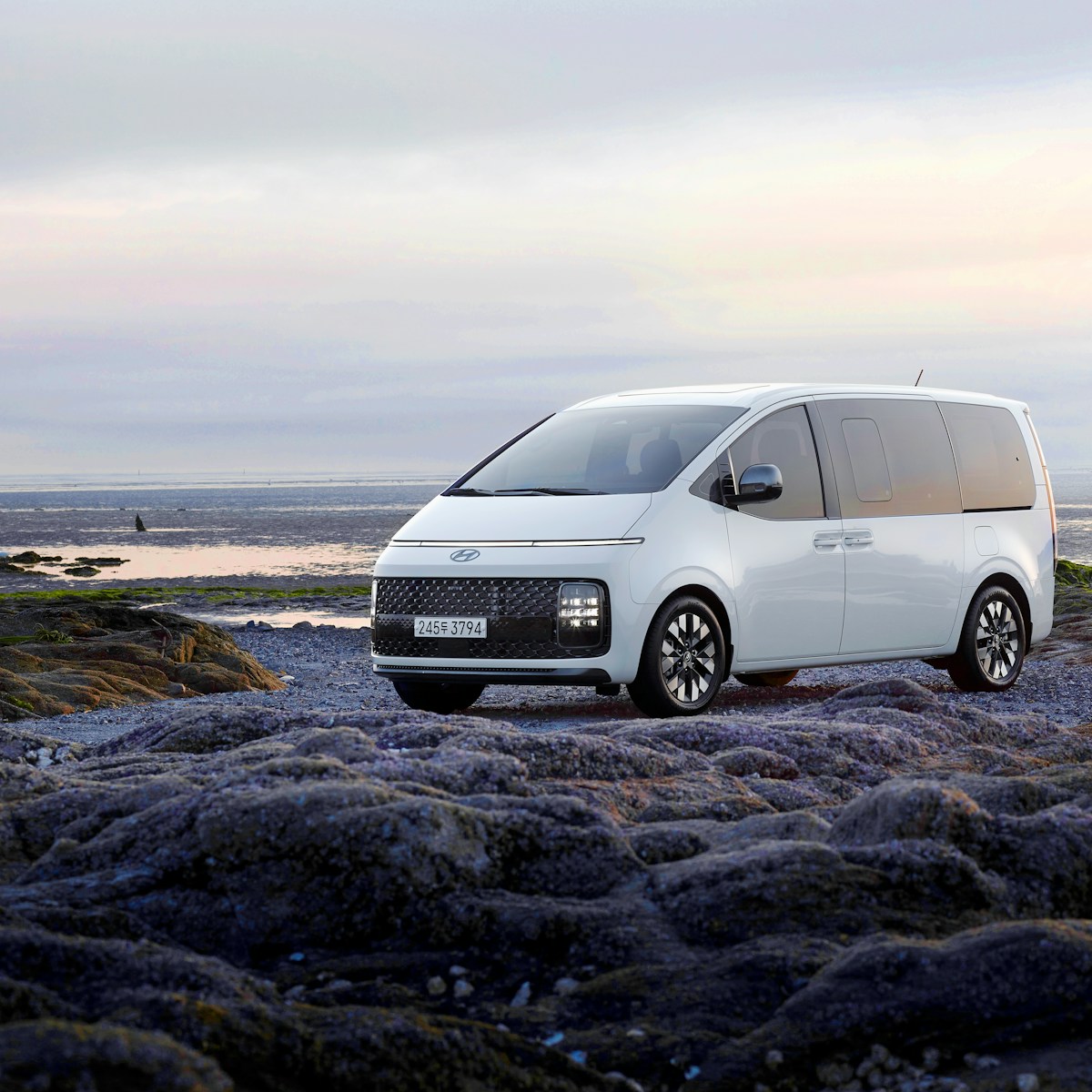
Once relegated to the automotive sidelines, often viewed with a polarizing mix of practicality and perceived drabness, the minivan segment is experiencing an undeniable resurgence in 2025. For decades, these vehicles were the quintessential kid carriers, a function-over-form choice that, for many, made them look ‘equally unappealing.’ However, the tide has turned dramatically, with a clear and continuous uptick in sales reports across many automakers.
This isn’t just a fleeting trend; it’s a re-evaluation of what a family vehicle can truly be. While three-row SUVs have commanded the market for years, promising space and style, savvy consumers are increasingly recognizing the inherent superiority of minivans when it comes to passenger comfort, cargo versatility, and overall functionality. Automakers, in turn, are responding with fresh designs, clever technology, and a commitment to innovation that is quickly defying old stereotypes.
From luxurious interiors laden with creature comforts to advanced safety systems and surprising affordability, modern minivans are no longer just about hauling people; they’re about enhancing lifestyles. This in-depth look explores the crucial factors propelling minivans back into the spotlight, proving they never should have left it in the first place, and why now might be the perfect time for many to reconsider this remarkably smart choice.

1. **The Minivan Sales Renaissance: A Look at the Numbers**
The most compelling evidence of the minivan’s comeback lies squarely in the sales figures. After years of being overshadowed by SUVs and crossovers, the segment is in the midst of a genuine sales renaissance. This isn’t theoretical; it’s being reflected directly in the Q1 sales reports and year-over-year growth for leading models, signaling a profound shift in consumer preference.
Consider the remarkable performance of key players in the segment: the just-refreshed Kia Carnival has seen a whopping 68% sales boost over the past 12 months, with an astonishing 87% surge in April alone. Honda Odyssey deliveries have enjoyed a 25.2% increase year-to-date, while revamped Toyota Sienna transactions have shot up by 46.6% over the last year, with over 10,000 units sold in April.
Even the stalwart Chrysler Pacifica is seeing encouraging numbers, with sales up by 11% year-over-year. Its plug-in hybrid model is a particular standout, enjoying a staggering 98% boost over the first quarter of 2025. These figures collectively paint a clear picture: minivans are not just returning to relevance; they are emphatically claiming their rightful place back in the nation’s garages and driveways.
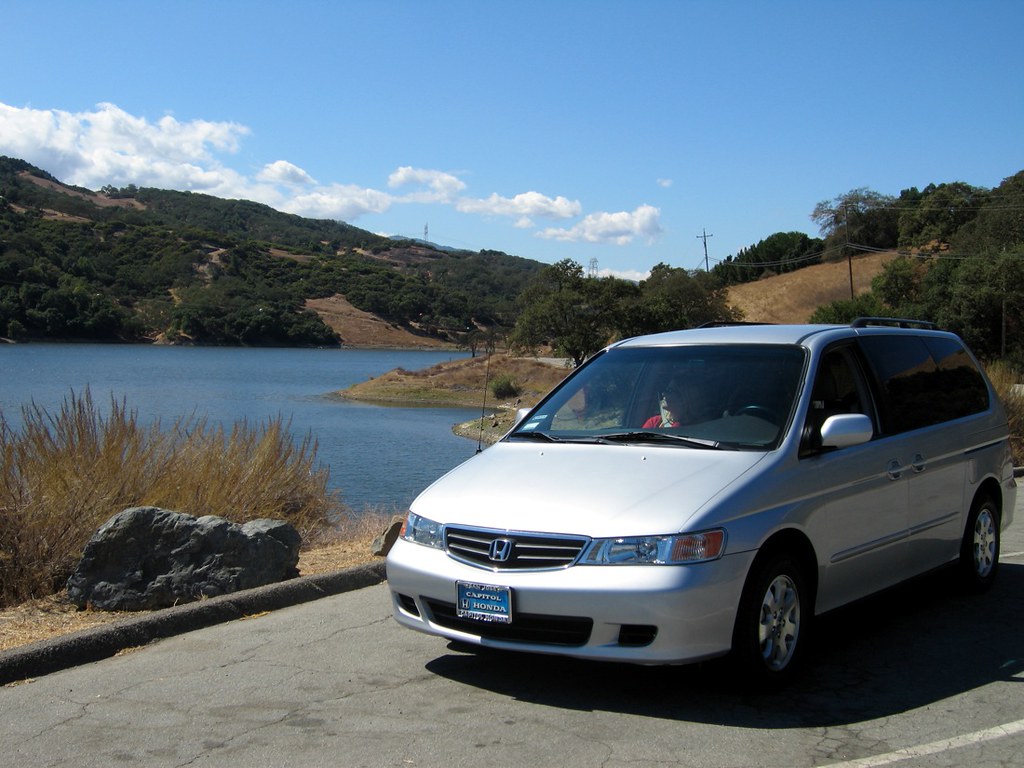
2. **Modern Designs: Breaking the ‘Bland Box’ Stereotype**
For too long, minivans were synonymous with a ‘function-over-form’ ethos, a design philosophy that often resulted in vehicles that, frankly, looked ‘equally unappealing.’ This legacy contributed heavily to the ‘soccer mom’ image that many car shoppers actively tried to avoid. However, the 2025 models are actively challenging and reshaping this narrative with bold new aesthetics and thoughtful styling.
Today’s minivans have undergone a serious design evolution. Gone are the dull, boxy exteriors and plain interiors of yesteryear. Modern models strike a sophisticated balance between inherent utility and appealing style, drawing in drivers who demand functionality without compromising on aesthetics. This transformation is pivotal in attracting a broader audience, demonstrating that practicality and panache can indeed coexist.
Take the Kia Carnival, for instance; it deliberately blends SUV-like styling with the undeniable practicality of sliding doors and three rows of comfort. Similarly, the Chrysler Pacifica Pinnacle elevates the cabin experience with quilted leather, rich woodgrain accents, and a panoramic sunroof, defying any notion of drabness. These vehicles are no longer just people movers; with their fresh designs and premium finishes, they are fast becoming genuine ‘head-turners’ on the road.
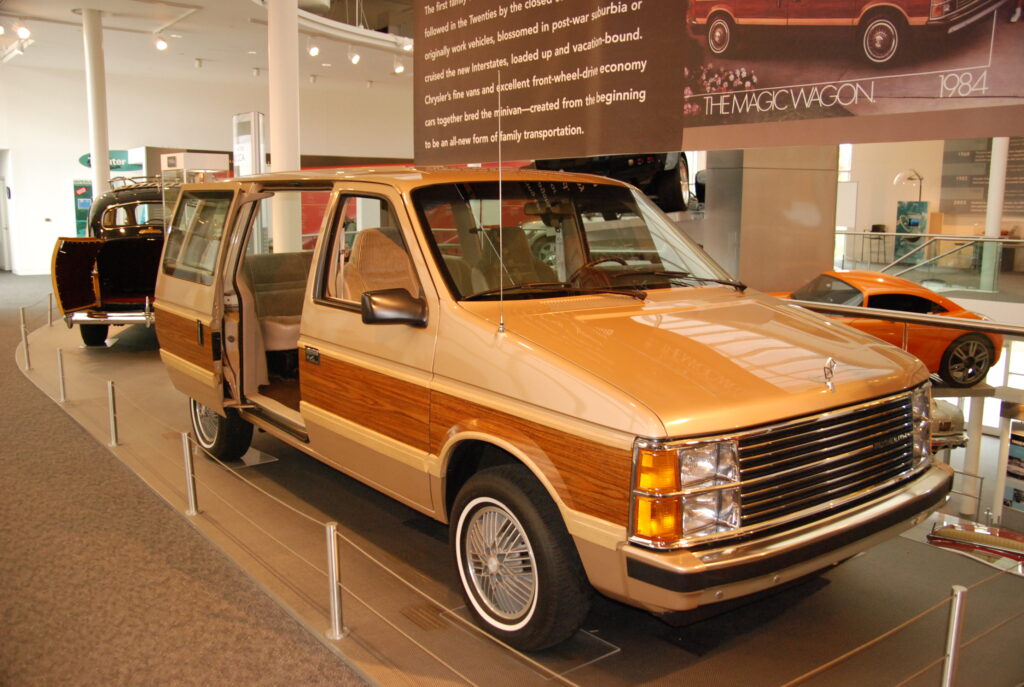
3. **High-Tech Features: Elevating the Cabin Experience**
Beyond just their refreshed exteriors, 2025 minivans are arriving on the market absolutely packed with cutting-edge technology. These aren’t just arbitrary gadgets; they are thoughtfully integrated features designed to make daily life easier, long drives more enjoyable, and overall family logistics significantly smoother. This commitment to modern tech is a major draw for today’s digitally-native families.
Even the base trims of many contemporary minivans now come standard with a suite of impressive features. These often include intuitive touchscreen infotainment systems with voice control, seamless wireless Apple CarPlay and Android Auto integration, and advanced rear-seat entertainment systems complete with streaming support. Add to this multiple USB ports and household outlets to keep all devices charged, along with practical innovations like cabin talk systems and driver attention monitors for enhanced family communication and vigilance.
For those seeking the ultimate in automotive luxury and convenience, higher trims push the boundaries even further. Options such as surround-view cameras, sophisticated parking assistance systems, and even semi-autonomous driving capabilities transform the minivan experience. The Honda Odyssey, for example, offers a PA system and camera to monitor back seats, alongside its built-in HondaVac for quick cleanups, truly showcasing tech that fits real-world family needs.
Read more about: Why the 2025 GMC Hummer EV Continues to Command Attention: An In-Depth Look at Its Unparalleled Presence, Performance, and Pioneering Features

4. **Unmatched Space and Versatility: The Practicality Advantage**
While three-row SUVs may project an image of spaciousness, minivans consistently deliver more usable space and, critically, make it far easier to access. This core advantage is fundamental to their enduring appeal and is a primary reason why many drivers, even those who initially opted for an SUV, eventually return to the segment. The design DNA of a minivan is intrinsically geared towards maximizing human and cargo capacity.
One of the most significant advantages lies in their wide-opening sliding doors, which simplify entry and exit, especially in tight parking lots or when wrestling with car seats. Coupled with low floors and incredibly configurable seating arrangements, minivans are engineered from the ground up to accommodate both people and gear with remarkable ease. Features like Chrysler’s ‘Stow ‘n Go’ system, allowing both rear rows to fold flat into the floor, or Honda’s ‘Magic Slide’ seats that adjust side-to-side, exemplify this.
Whether the task is fitting three car seats comfortably across a row, folding down or stowing third-row seats for voluminous added cargo space, or providing effortless access for young children and grandparents, minivans adapt quickly to whatever challenges the day presents. Their superior storage space behind the third row and the ability to easily remove or reconfigure second-row chairs (even if some, like the Sienna’s, don’t fold flat) are testaments to their unbeatable practicality.
Read more about: The 2025 Toyota Wish Redesign: The Ultimate MPV Reimagined, and Your Guide to Finding Your Automotive Wish List Gem

5. **Affordability and Value: A Smart Choice for the Budget-Conscious**
In an era where vehicle prices, especially for fully loaded three-row SUVs, have steadily crept upward, often surpassing $50,000 and even $100,000 for luxury models, 2025 minivans present an incredibly compelling value proposition. Price-conscious shoppers are increasingly turning back to minivans, recognizing that they offer comparable, if not superior, features and capabilities for thousands less.
Beyond the initial purchase price, minivans often prove to be more economical across their lifespan. They tend to be cheaper to insure, offering significant savings over the years. Furthermore, many minivan models, particularly the growing number of hybrid options, are significantly more fuel-efficient than their SUV counterparts. For context, the current Toyota Sienna Hybrid boasts an impressive 36 combined mpg, while a comparable Grand Highlander only manages 24 combined mpg—a 14 MPG difference that is far from insignificant.
Their predominant front-wheel-drive (FWD) layouts, or simpler all-wheel-drive (AWD) systems, often translate into lower maintenance costs compared to more complex SUV drivetrains. When considering that the most expensive Sienna tops out around $69,145 for a Platinum AWD Hybrid, while luxury 3-row SUVs offering similar third-row comfort can easily exceed $100,000, the minivan’s financial appeal becomes undeniably clear. They truly offer more for the money.
Read more about: Unpacking the Pump’s Power: How Fuel Prices Quietly Reshape Your Next Car Purchase
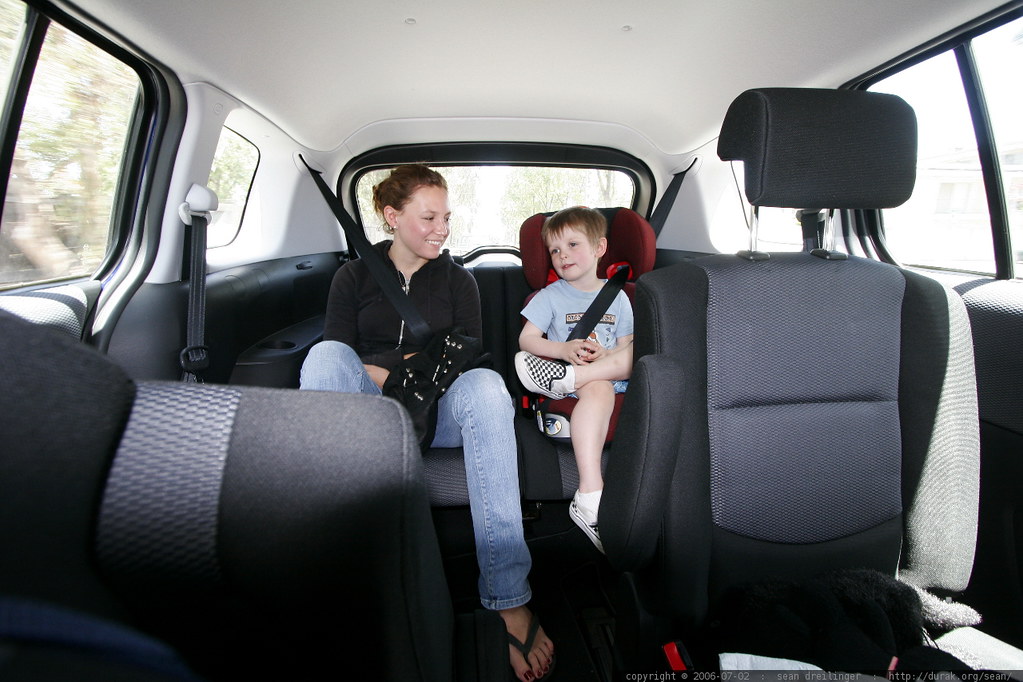
6. **Advanced Safety Systems: Prioritizing Precious Cargo**
For families, safety is paramount, and minivans are inherently designed with this core principle at their heart. Modern minivans don’t just achieve top crash test ratings; they integrate comprehensive advanced safety suites that provide unparalleled peace of mind for drivers transporting their most precious cargo. This robust approach to occupant protection is a critical factor in their resurgence.
Standard safety features abound in the segment, ensuring a high level of protection across the board. These typically include advanced driver-assist systems such as lane-keeping assist, adaptive cruise control, and blind-spot monitoring, which actively help prevent accidents. Collision mitigation braking systems, designed to intervene in emergency situations, further bolster their safety credentials. Many models also include rear-seat occupant reminders, a simple yet vital feature to prevent tragic oversights.
Beyond these active and passive safety measures, some minivans incorporate innovative features to enhance visibility and awareness. For example, rearview cameras with built-in cleaning systems ensure clear sightlines in adverse weather conditions. The Honda Odyssey, for instance, comes with many standard safety features, making the choice to transport one’s family in a minivan not just practical, but profoundly secure.
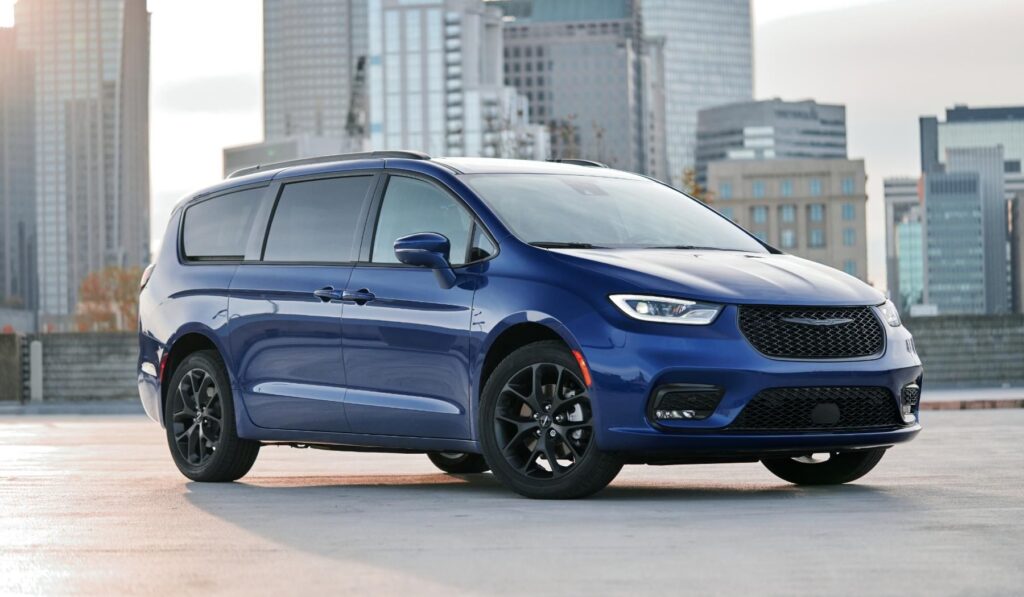
7. **Fading Stigma: Pop Culture Embrace and Shifting Perceptions**
Perhaps one of the most unexpected yet significant factors in the minivan’s comeback is the dramatic shift in its cultural perception. For decades, the genre suffered from a dreaded ‘soccer mom’ image, causing many car shoppers to ignore it despite its undeniable practicality. However, that stigma is rapidly fading, replaced by a new appreciation for authenticity and intelligent design.
On platforms like TikTok and YouTube, the minivan is no longer a punchline but a point of pride. Influencers are actively showcasing their ‘mom vans,’ outfitting them with custom LED lighting, mobile workstations, and clever snack drawers, treating them like luxury RVs. Family vloggers are conducting detailed tours of their minivans, highlighting their versatility and comfort in ways that resonate with a contemporary audience.
This newfound popularity extends beyond just families. Remote workers, adventure seekers, and digital nomads are increasingly embracing the practicality and configurable space of minivans for various lifestyle needs, transforming them into mobile offices or adventure hubs. The narrative has shifted from ‘uncool’ to ‘smart,’ demonstrating that the truth – that minivans are superior in comfort, cargo, and functionality – is finally cutting through the old stereotypes.
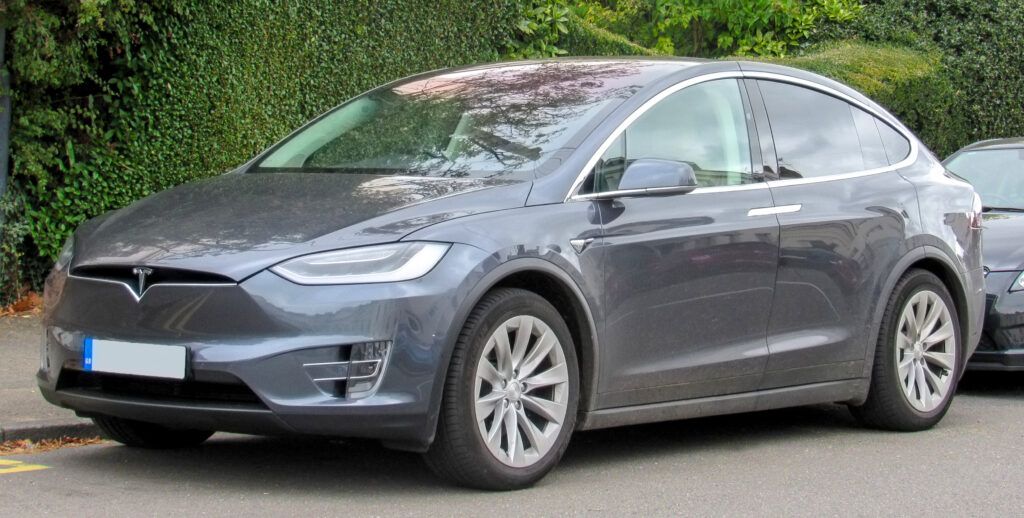
8. **Strong Owner Loyalty: A Testament to Enduring Practicality**
Beyond the initial sales resurgence, a deeper trend underscores the minivan’s enduring value: an exceptionally strong owner loyalty. This isn’t just about repeat purchases; it reflects a profound understanding among drivers that minivans simply work better for their needs, often after experiences with other vehicle types. Many who initially migrated to three-row SUVs find themselves returning to the minivan segment, drawn back by its undeniable comfort, expansive space, and sheer ease of use.
Minivan owners tend to form a lasting bond with their vehicles, a testament to the segment’s robust design and functional superiority. Data indicates that these drivers are far more likely to retain their vehicles for eight years or more, demonstrating a sustained satisfaction with their choice. This long-term ownership directly translates into significant cost savings over time, an aspect often overlooked in initial purchase decisions.
Furthermore, this loyalty extends to future purchases, with minivan drivers showing a clear preference to re-purchase another minivan rather than switching to a different body type. This pattern, coupled with a propensity to meticulously maintain their vehicles, not only boosts resale value but also reinforces the perception of minivans as intelligent, long-term investments. It’s a quiet affirmation of what pragmatic buyers have known all along: the minivan is a superior solution for family transport, a truth finally cutting through years of cultural stigma.

9. **The Advent of All-Electric Minivans: A Glimpse into the Future**
As the automotive industry pivots towards electrification, minivans are not merely adapting; they are evolving into exciting new forms, particularly with the advent of all-electric options. This transition offers designers unprecedented freedom, allowing for innovative styling and interior configurations that defy traditional minivan aesthetics. It’s a crucial step in cementing the minivan’s place in the modern automotive landscape, promising a blend of efficiency, performance, and cutting-edge design.
Leading this charge in the U.S. for 2025 is the Volkswagen ID. Buzz, a vehicle whose extroverted styling consciously channels the famed VW Microbus of the 1960s. This full-electric minivan, available with either a 282-horsepower rear-wheel-drive motor (234 miles range) or a quicker 335-horsepower dual-motor all-wheel-drive setup (231 miles range), redefines the segment. Standard features like heated, ventilated, and massaging front seats highlight its premium aspirations, even if its higher price point has initially limited sales in Europe.
Despite the sales challenges, the ID. Buzz offers a unique selling proposition: its long-wheelbase variant boasts an adult-friendly third row, a rarity among EVs in Europe. Looking ahead, other automakers are also embracing this electrified future. Hyundai has teased the Staria EV, while Mercedes-Benz is developing its all-electric V-Class (set to become the VLS in the U.S. and Europe). Even Chrysler is working on an electric variant of its venerable Pacifica, signaling a broad commitment to electric minivans that will undoubtedly reshape the market.
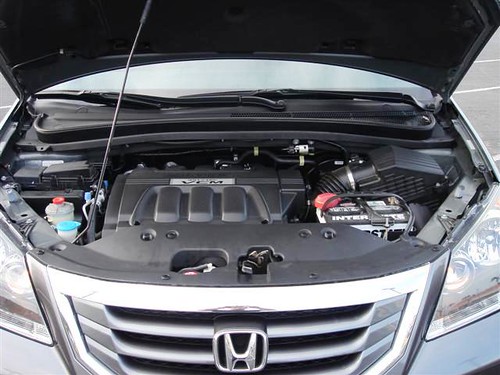
10. **The Rise of Luxury MPVs in Asia: Palaces on Wheels**
While the Western markets have traditionally viewed minivans through a utilitarian lens, Asia, particularly China, is spearheading a dramatic luxury renaissance for the segment. This trend was unmistakably evident at Auto Shanghai 2025, where European brands like Mercedes-Benz unveiled concepts that blur the lines between people carriers and ultra-luxury limousines. The notion of a minivan as a chauffeur-driven, opulent transport experience is not just a niche; it’s a burgeoning market segment.
Mercedes-Benz’s Vision V exemplifies this transformation. Far from a conventional family transporter, the Vision V is designed as a luxury limousine, targeting a discerning clientele similar to its seminal S-Class and even Maybach variants. Its futuristic design and interior amenities are crafted to rival the most exclusive luxury sedans, featuring a colossal 65-inch screen for rear passengers, 42-speaker Dolby Atmos sound, and an overall ambiance geared towards luxurious lounging rather than mere passenger lugging. Mercedes-Benz aims to bring models based on this concept to market by 2026.
China’s domestic brands are also at the forefront of this luxury MPV movement, with Zeekr leading the charge. The Zeekr 009, for instance, offers a highly exclusive ‘Grand’ interior option for just two rear occupants, providing palatial seating with every imaginable comfort, including a refrigerator and a giant 43-inch screen. This innovative approach has resonated strongly with consumers, evident in the 009’s impressive sales figures of over 22,000 units in 2024. Zeekr also unveiled the Mix, a more lifestyle-oriented MPV with novel features like a B-pillar-less design for easier ingress and rotating front seats that can transform the cabin into a mobile dining room.
Other significant players are recognizing the Asian MPV market’s importance. Volvo showcased its EM90 minivan at Auto Shanghai 2025, built on the same platform as the Zeekr 009. Toyota, which has long had a presence in Asian minivan markets, launched the Veloz in 2021, focusing on an upmarket take for Southeast Asian and Arabian Gulf regions, alongside its premium Alphard and Lexus LM models. The question now remains whether this ‘palaces on wheels’ trend will gain similar traction in Europe and the U.S., with brands like XPENG also preparing luxury MPVs like the X9 for European release, signaling a potential global shift in perception.

11. **Honda Odyssey: The Enduring Gold Standard**
For many, the Honda Odyssey has long been synonymous with minivan excellence, and for 2025, it continues to uphold that reputation with refreshed styling and thoughtful enhancements. While its sales growth of 29% in April might not be as explosive as some rivals, it represents a steady and significant uptick, totaling 32,000 units sold. This consistent performance underscores its appeal as a reliable and feature-rich choice for families.
The Odyssey is powered by a robust 280-horsepower V6 engine, seamlessly paired with a 10-speed automatic transmission driving the front wheels. At the heart of its family-centric design are the innovative Magic Slide second-row seats. These seats not only adjust side-to-side to create more separation or togetherness for passengers but are also fully removable, offering exceptional flexibility for cargo configurations, though each chair weighs around 68 pounds.
Inside, the Odyssey is packed with amenities designed to make family life easier and more enjoyable. It includes dual 12.8-inch seatback displays for entertainment, a built-in HondaVac for quick cleanups, and a PA system to communicate with rear passengers. Drivers also benefit from a CabinWatch camera to monitor the back seats and heated and ventilated front seats for enhanced comfort. With a starting price around $42,220, topping out at $51,180 for the Elite trim, it presents a solid value proposition, even if it currently lacks all-wheel drive or a hybrid option, a factor that Honda may address in future iterations, potentially borrowing from the Pilot’s electrification plans.
Car Model Information: 2019 Honda Odyssey EX
Categories: All set index articles, Articles with short description, Honda ATVs, Honda vehicles, Set index articles on cars
Summary: Honda Odyssey can refer to three motor vehicles manufactured by Honda:
Honda Odyssey (ATV), an all-terrain vehicle (1977—1989)
Honda Odyssey (minivan), a brand of two different Honda minivan models for different markets
Honda Odyssey (international), sold in Japan and most other parts of the world
Honda Odyssey (North America), sold primarily in North America and certain other markets
Get more information about: Honda Odyssey
Buying a high-performing used car >>>
Brand: Honda Model: Odyssey
Price: $23,961 Mileage: 78,254 mi.
Read more about: Roaring Engines and Timeless Tales: Our Favorite Muscle Car Memories That Will Burn Out In Your Brain!

12. **Toyota Sienna Hybrid: The Fuel-Efficient Frontrunner**
The Toyota Sienna has long been a stalwart in the minivan segment, but its 2025 iteration distinguishes itself as the sole current minivan to offer an exclusively gas/electric hybrid powertrain across its entire lineup. This commitment to efficiency has clearly resonated with consumers, as evidenced by a remarkable 54% increase in sales in April, with over 10,000 units sold that month, building on a strong 6,400 units in January. The Sienna Hybrid firmly positions itself as a top choice for environmentally conscious and budget-savvy families.
Under the hood, the Sienna combines a 2.5-liter four-cylinder gas engine with an electric motor and a gearless CVT transmission, delivering a combined 245 horsepower. This sophisticated hybrid system achieves an impressive EPA-rated 36 combined mpg, a significant advantage over comparable three-row SUVs like the Grand Highlander, which manages only 24 combined mpg. Front-wheel drive is standard, offering reliable performance, with an all-wheel-drive option available for enhanced traction in various conditions.
The interior of the Sienna Hybrid is replete with thoughtful amenities designed for comfort and convenience. Available features include heated second-row seats with retractable footrests, hands-free power rear doors and liftgate, and an in-vehicle intercom. For ultimate family utility, some trims even offer a built-in vacuum cleaner and a mini-fridge. However, a notable trade-off for its hybrid architecture is that the second-row seats neither fold flat nor can they be fully removed for maximal cargo space. With a starting price of $39,185 and the Platinum AWD Hybrid reaching $69,145, the Sienna may be the priciest of the core four, but its exceptional fuel economy and Toyota’s renowned reliability offer undeniable long-term value.
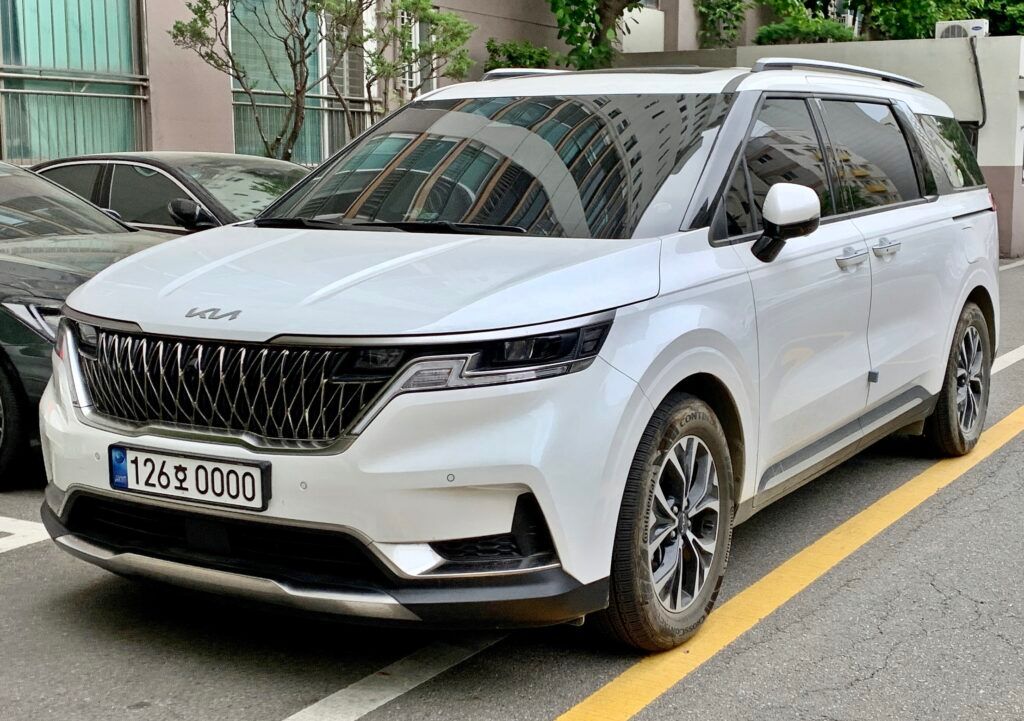
13. **Kia Carnival: The ‘SUV-Like’ Game Changer**
The Kia Carnival is boldly challenging minivan stereotypes by deliberately blending SUV-like styling with the segment’s inherent practicality, a strategy that has paid off handsomely. This ‘Multi-Purpose Vehicle’ has witnessed an astounding sales renaissance, with a whopping 68% boost over the past 12 months and an astonishing 87% surge in April alone. For 2025, Kia has given the Carnival a refreshed exterior design, imbuing it with a brawnier, more assertive presence that resonates with SUV enthusiasts while retaining the convenience of sliding doors and three rows of comfort.
Beyond its striking aesthetics, the 2025 Carnival introduces significant functional upgrades. It now offers a hybrid-powered variant, borrowing the efficient platform from the Santa Fe Hybrid, which pairs an electric motor with a 1.6-liter turbocharged four-cylinder engine to produce a combined 242 horsepower and an EPA-rated 33 mpg. The standard V6 engine, paired with an eight-speed automatic transmission, delivers strong performance. New features, such as a vehicle exit warning system, enhance safety by alerting pedestrians to adjacent traffic when doors are opened.
Inside, the Carnival is meticulously designed with family-friendly features. It offers advanced technology like Passenger View, ensuring comprehensive monitoring of rear occupants, comfortable seating throughout, and a large sunroof that enhances visibility and can help alleviate third-row motion sickness. Higher trims boast luxurious second-row VIP Lounge seats, though these cannot be removed for additional cargo room like some rivals. Starting at an accessible $36,800, and topping out at $52,335 for the fully loaded SX Prestige Hybrid, the Carnival stands as the most affordable minivan in the U.S., offering exceptional value for its blend of style, technology, and practicality.
Car Model Information: 2025 Kia Carnival LXS
Name: Kia Carnival
Caption: Kia Carnival (KA4)
Manufacturer: Kia
Aka: Kia Sedona (1999–2021)
Production: January 1998–present
ModelYears: 2002–present (North America)
Class: Minivan
BodyStyle: minivan
Layout: Front-engine, front-wheel-drive layout
Categories: 2000s cars, 2010s cars, All Wikipedia articles written in British English, All articles with dead external links, All articles with unsourced statements
Summary: The Kia Carnival (Korean: 기아 카니발) is a minivan manufactured by the Korean automaker Kia since 1998. It is marketed globally under various nameplates, prominently as the Kia Sedona.
The first-generation Carnival was introduced in January 1998, and was marketed in a single, short wheelbase version. Second-generation models were marketed (2006–2014) in short and long wheelbase variants. A rebadged variant of the second generation was offered in North America as the Hyundai Entourage (2007–2009). Beginning in 2010, the second-generation model received updated equipment, including Kia’s corporate Tiger Nose grille, as introduced by its then new design chief, Peter Schreyer. Kia introduced its third-generation minivan in 2014, solely in a long wheelbase format. The fourth generation was introduced in 2020, when Kia also began using the Carnival nameplate worldwide.
Get more information about: Kia Carnival
Buying a high-performing used car >>>
Brand: Kia Model: Carnival
Price: $36,985 Mileage: 11,117 mi.
Read more about: The Unexpected Comeback: Why Modern Minivans Are Outpacing Three-Row SUVs for Today’s Families
14. **Chrysler Pacifica: The Modern Descendant of a Pioneer**
As a direct descendant of the original minivans that pioneered the segment in the 1980s, the Chrysler Pacifica continues to be a competitive and innovative player in 2025. While quarterly sales reports can vary, the Pacifica demonstrated encouraging early signs, matching the Honda Odyssey’s pace with 32,000 units sold in the first quarter, even after a slight 2% dip year-over-year. Crucially, its Plug-In Hybrid (PHEV) model has been a standout, experiencing a remarkable 98% boost over Q1 2025 sales, underscoring its relevance in the evolving automotive landscape.
The Pacifica offers a potent 287-horsepower V6 engine paired with a nine-speed automatic transmission, driving the front wheels, with all-wheel drive available as an option for enhanced capability. Its most iconic and genuinely game-changing feature is the signature ‘Stow ‘n Go’ seating system. This innovation allows both rear rows of seats to fold flat into the floor, selectively transforming the cabin to provide almost unlimited passenger and cargo-carrying flexibility, a feature unrivaled by most competitors.
Chrysler takes the Pacifica’s appeal further with a comprehensive list of available features, including a built-in vacuum cleaner, an in-cabin video monitor, a power-folding third-row seat, and a Uconnect Theater entertainment system complete with Amazon Fire TV and built-in games. Higher trims like the Pacifica Pinnacle elevate the interior with luxurious touches such as quilted leather, rich woodgrain accents, and a panoramic sunroof, effectively dispelling any notion of minivan drabness.
For those prioritizing efficiency, the Pacifica Plug-In Hybrid stands out, offering an impressive 32 miles of all-electric range on a single charge. Beyond this, it functions as a conventional hybrid, combining a 260-horsepower V6 gas engine with an electric motor to achieve an equivalent of 82-mpg while running on electricity and 30 mpg on hybrid power. A trade-off for the PHEV model, however, is the absence of second-row Stow ‘n Go seating, with only the third row folding flat. Priced competitively from $42,450 to $61,780 for the top AWD hybrid trim, and complemented by its budget-friendly sibling, the Chrysler Voyager, the Pacifica continues to deliver a compelling mix of heritage, innovation, and practicality.
**A Reinvented Icon: The Minivan’s Resilient Future**
Car Model Information: 2021 Chrysler Pacifica Touring-L
Categories: All set index articles, Articles with short description, Chrysler vehicles, Set index articles on cars, Short description is different from Wikidata
Summary: Chrysler Pacifica is a nameplate used by Chrysler for a variety of vehicles.
The name was first used on a luxury minivan concept vehicle in 1999, and later a crossover concept in 2002.
From 2004 to 2008, it was used on a mid-size crossover, and since the 2017 model year, it has been used as the Town & Country minivan’s replacement.
Vehicles using the nameplate are:
Chrysler Pacifica concept (1999), concept minivan
Chrysler Pacifica concept (2002), concept crossover
Chrysler Pacifica (crossover) (2004–2008), production version of the 2002 concept
Chrysler Pacifica (minivan) (2017–present), Chrysler Town & Country replacement
Get more information about: Chrysler Pacifica
Buying a high-performing used car >>>
Brand: Chrysler Model: Pacifica
Price: $26,500 Mileage: 32,188 mi.
Read more about: The Unexpected Comeback: Why Modern Minivans Are Outpacing Three-Row SUVs for Today’s Families
The narrative around minivans has decisively shifted. What was once seen as a fading segment is now unequivocally making a smart and strategic comeback. Across the board, from the unwavering loyalty of its owners to the exciting innovations in electrification and luxury, minivans are not just returning to relevance; they are reinventing what a family vehicle can truly be. They consistently outclass three-row SUVs in the very metrics that matter most to families: comfort, cargo capacity, ease of access, and overall functionality. As the market continues to evolve, these highly capable and often underestimated vehicles are standing out by doing what they’ve always done best—only now, they’re doing it better than ever before. This is more than a comeback; it’s a testament to the enduring power of intelligent design meeting genuine need, and a clear signal that the minivan is here to stay.



